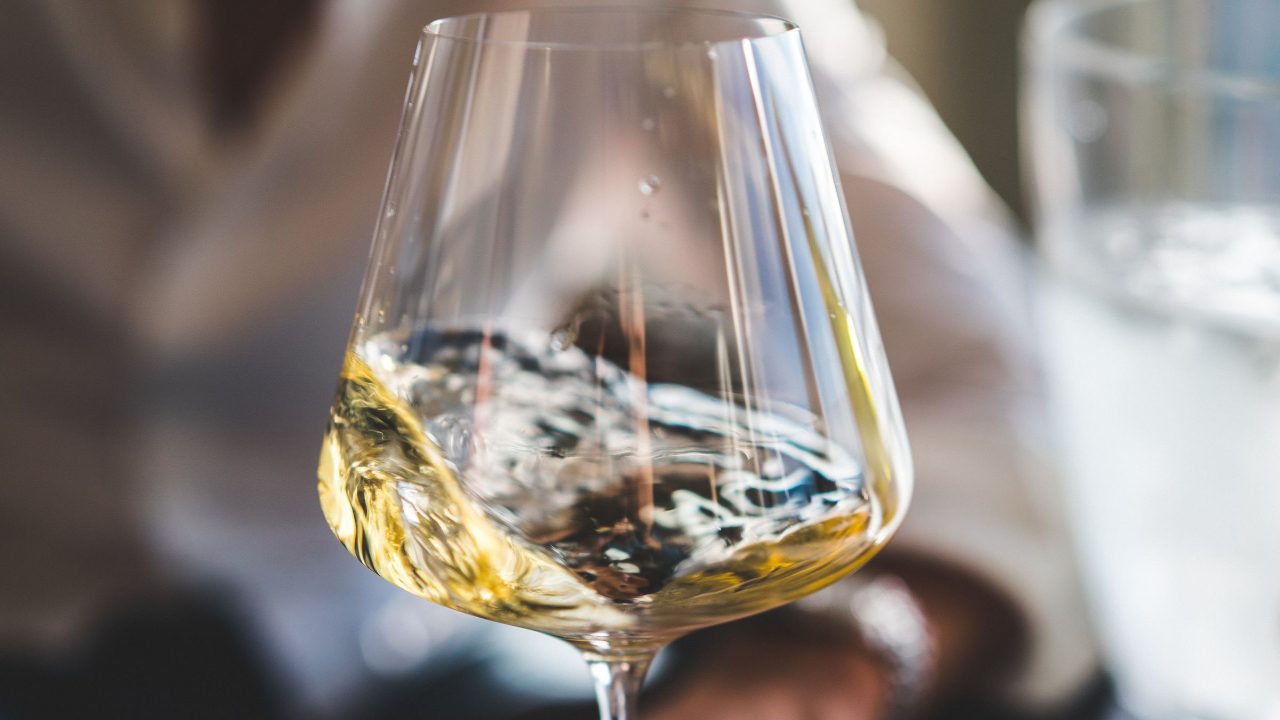Sauvignon Blanc is one of the most cultivated wine grapes in the world and can be made into any style, like varietal, blend, or dessert wines. However, the most popular sauvignon blanc wine is dry, fresh, and aromatic.
Furthermore, lightness, elegance and refreshing aroma are some of the most striking characteristics of this grape. She established roots in the four corners of the planet – especially New Zealand, Chile and California.
The variety is one of the most cultivated white grapes in the world, and can produce white wines with various styles, from the freshest to the most full-bodied.
Follow me in this content to understand more about this fantastic white wine.
Nothing more excellent or valuable than wine was every granted by the gods to man.
-Plato- ancient Greek philosopher
Watch this and other topics on the GastroVino Academy YouTube channel.
Jump To Section
- History
- Aromas and Flavors
- Sauvignon Aging in Stainless Steel Tanks Or Oak Barrels
- What Sauvignon Blanc And Cabernet Sauvignon Have In Common?
- Sauvignon Blanc Worldwide
- Service And Pairing
History
The variety is of French origin, precisely from the west of the country between the wine regions of Bordeaux and Loire Valley.
In Bordeaux, It is blended with the Sémillon grape to produce sweet and dry wines, while in the Loire Valley, it has achieved worldwide fame with its elegant labels, such as Sancerre and Pouilly-Fumé.
Its name likely comes from the French words Sauvage (“wild”) and blanc (“white”) due to its early origins as an indigenous grape in southwestern France. Another suggestion comes from the word savage-ravagion, or savage devastation, which may make sense, as its importance was established after phylloxera’s destruction of European vineyards.
Although the grape has been cultivated in France for at least 500 years, its popularity has increased thanks to New Zealand winemakers who have worked boldly to make what is now the most planted grape in the country. It is grown worldwide, from Australia to New Zealand, California to Canada, Chile to Brazil to South Africa.
Aromas and Flavors
As a grape that adapts well to different climates and soils, it produces a wide variety of wines with distinct styles and aromas of green currants, guava, grapefruit, lime, passion fruit, fresh herbs, green grass, green peppers, asparagus, and jalapeño.

Sauvignon blanc’s herbal and vegetable aromas come from organic compounds called methoxypyrazine or pyrazines. Known for their “green notes” such as grass, green peppers, and jalapeño, pyrazines are also found in some red grapes such as cabernet sauvignon, cabernet franc, merlot, and carménère. In wineries located in regions with warm climates, It has ripe peach and honey flavors.
Sauvignon Aging in Stainless Steel Tanks Or Oak Barrels
The container in which the wine ferments and matures plays an essential role in the drink’s characteristics.
Generally speaking, producers mainly use stainless steel tanks to maintain the balance and freshness of Sauvignon Blanc, preserving its primary fruit flavors and aromas and preventing oxidation. Sometimes, they also use oak barrels to soften acidity and add complexity.
As a result, Sauvignon Blanc wines aged in stainless steel tanks have a fresh and fruity character. At the same time, the porosity of the wood from oak barrels allows for the micro-oxygenation of the wine, giving Sauvignon Blanc a full-bodied wine with a subtle oak influence.
What Sauvignon Blanc And Cabernet Sauvignon Have In Common?
Sauvignon blanc and Cabernet Sauvignon grapes share similar green and herbaceous flavor characteristics, but why? Because sauvignon blanc is, in fact, one of the mother grapes of Cabernet Sauvignon, together with Cabernet franc, after a genetic crossing to produce the Queen of red varieties.

Cabernet Sauvignon’s new variety emerged from this crossing with blackcurrant, cherry, and pepper aromas.
In 1997, a genetic study identified Sauvignon Blanc’s and Cabernet Franc’s DNAs, confirming the degree of kinship with Cabernet Sauvignon.
Sauvignon Blanc Worldwide
France: Bordeaux And Loire Valley
There are significant differences between Sauvignon Blanc from Bordeaux and those from the Loire Valley.
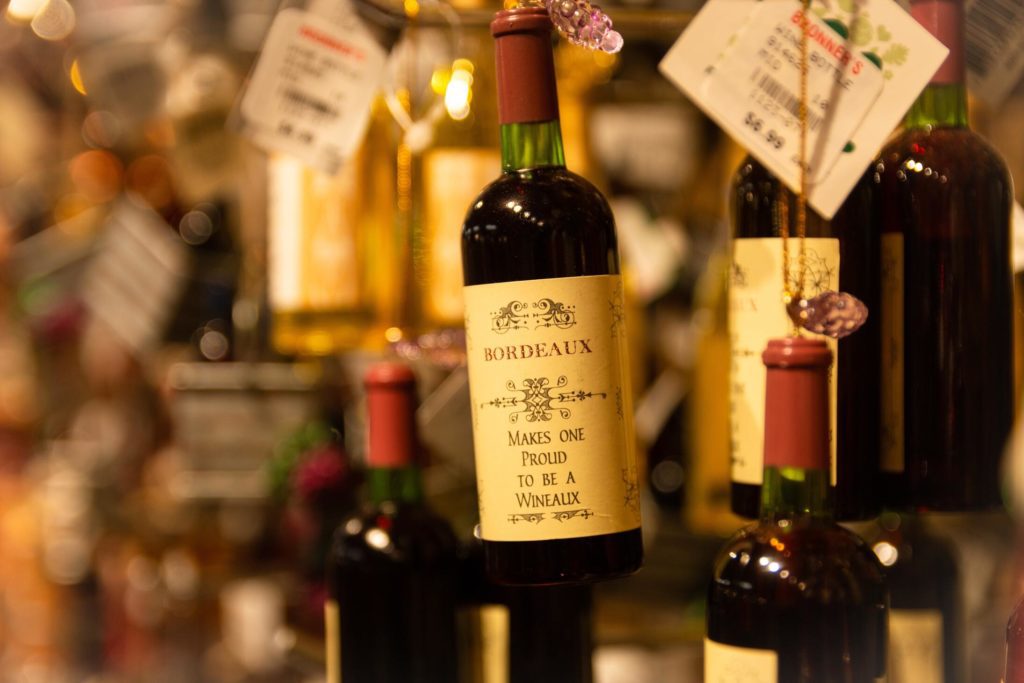
The classic white blend from Bordeaux brings together three main grapes from the region: Semillon, Sauvignon Blanc, and Muscadelle. Sauvignon Blanc has fantastic acidity, while Semillon has richness and susceptibility to noble rot. Both Sauvignon Blanc and Semillon make up at least 90% of the best vineyards.
Muscadelle’s third variety adds a more intense flavor to the wines from a small area. The wine can be complex, with intense aromas of citrus, peach, acacia, beeswax, hazelnut, grass, and hay. On the palate, it has a medium-intensity body and alcohol.
The wine-growing areas of the Loire, such as Sancerre (2,500 Ha) and Polly-Fumé (1,200 Ha), both Appellation d’origine contrôlée (AOC) or Controlled designation of origin, are considered the Sauvignon Blanc region, with a continental climate that favors the production of vibrant, fruity and aromatic wines. In addition, the high acidity, characteristic of wines from colder regions, helps to pair with heavier foods.
Sancerre wines are dry and light, with high acidity, medium alcohol, and a mineral finish. They are pale lemons with aromas of grapefruit, green currant, cut grass, mineral, and smoke. In practice, it is tough to distinguish a Sancerre from Pouilly-fumé, although the latter tends to be smoky.
Comparing the Sauvignon Blanc wines from the two regions, those from Bordeaux are more expressive in tropical fruit and less marked in grassy and mineral aromas than those from the Loire Valley.
With the occurrence of the phylloxera that devastated the vineyards of France in the 19th century, the grape migrated to the countries of the new world, where it found specific terroirs, becoming known permanently.
New Zealand – Marlborough
The grape was introduced to New Zealand in the 1970s when the New Zealander winemaker dreamed of creating a new style of wine.
Over the years, the wine industry has developed and improved extraordinarily, making New Zealand sauvignon blanc wine a world-class beverage.
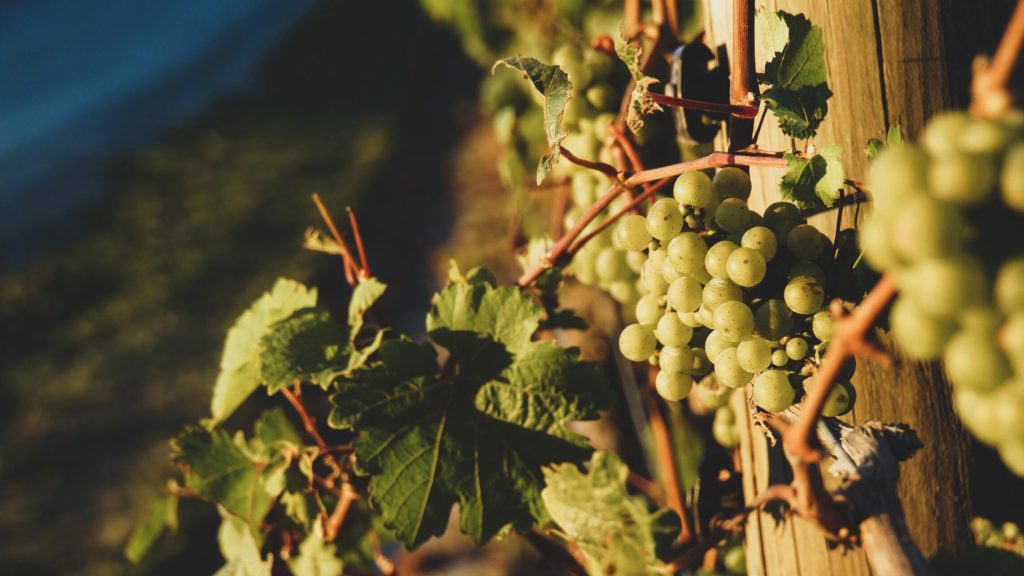
At first, Sauvignon Blanc was not considered commercial interest, but winemakers noticed that the variety was robust enough to do well in the country’s vineyards.
The vines were vigorous, grew well, and easily adapted to the climate, ideal for the ripening of the variety, producing aromatic and flavorful grapes.
Producers then began to adopt viticulture practices to harvest grapes at different stages of ripening, obtaining better acidity and body.
Added to modern vinification techniques, they produced a complex drink with a significant presence of mineral and floral aromas.
New Zealand’s first Sauvignon Blanc productions were in 1974 at the Matua Valley Winery in Swanson, Auckland.
It wasn’t until the mid-1980s that Marlborough’s sauvignon blanc gained fame, setting an international benchmark as one of the best wines in the world.
Marlborough style has spicy acidity and aromas of grapefruit, pineapple, green currant, passion fruit, lemon zest, freshly cut grass, and green bell pepper from pyrazines. Another essential characteristic of sauvignon blanc from that region is the salty taste of the local ocean influence.
Marlborough is the largest New Zealand vineyard region, with 22,369 Ha out of 25,160 Ha. There is little rain in the area and the hours of sunshine are high. Due to daily temperature changes during the maturation period, a unique flavor is created in the wines.
In New Zealand, the first bottles of Sauvignon Blanc closed with a screw cap appeared, becoming a widespread trend worldwide.
United States – California
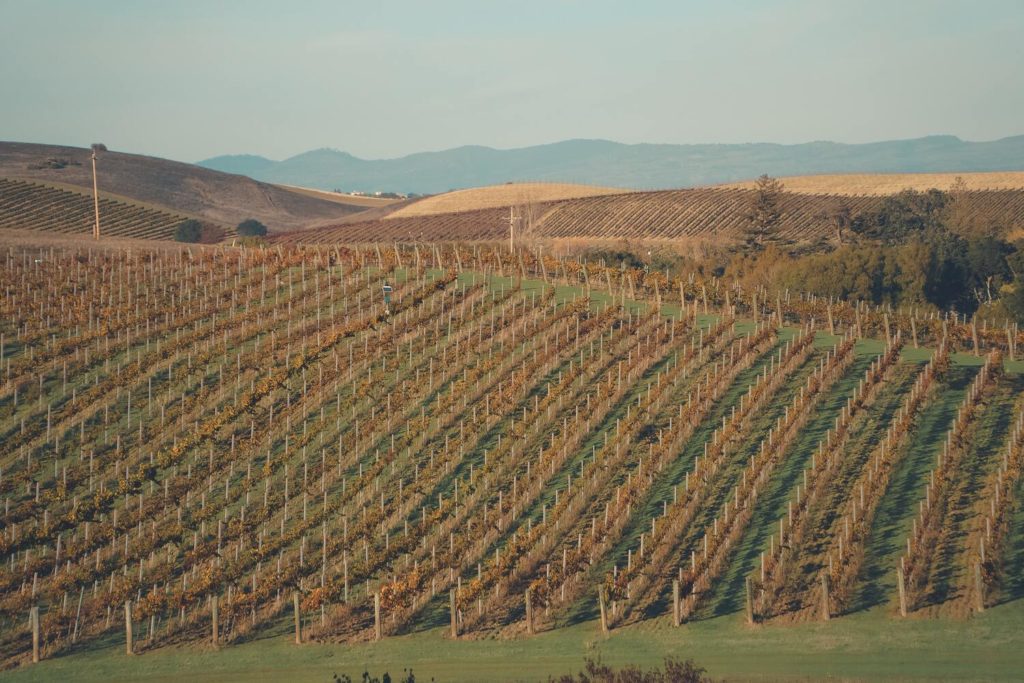
Modern advances in winemaking, combined with sauvignon blanc’s natural strength and adaptability, have favored American winemakers to achieve excellent vine-growing results in warm climates.
Sauvignon blanc wines made in California’s Sonoma and Napa Valley are alcoholic and oak-aged, giving rise to a style of sauvignon labeled as fumé blanc.
In the late 1960s, American winemaker Robert Mondavi reformulated his Californian Sauvignon Blanc, which was difficult to accept. Mondavi began to age the wines in oak and sold them in dark green Bordeaux bottles. To mention the glamor of French Pouilly-Fumé wines that also use sauvignon blanc, he called his wine as Fumé Blanc. Basically, Fumé Blanc is an oak-aged Sauvignon Blanc.
Canada
Ontario and British Columbia provinces in Canada make excellent wines with Sauvignon Blanc. The country’s cooler climate means that most of these wines are not aged in oak but in stainless steel tanks, allowing them to express their pure, fresh aromas and flavors.
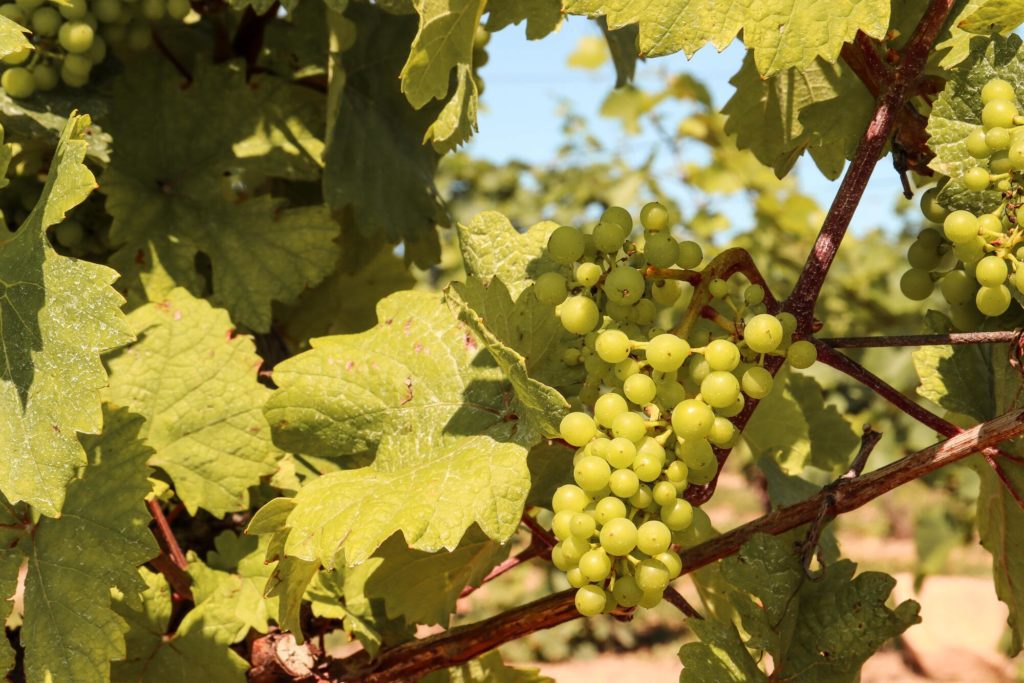
The climate still plays a vital role in producing the Ice Wine dessert wine. During the winter, the grapes are harvested below 17ºF or colder to maintain high levels of sugar and acids present in the frozen pulp and later pressed, resulting in a concentrated, complex, sweet, and aromatic wine.
The two central wine-producing regions, Ontario and B.C., produce Ice Wine with the sauvignon blanc grape, resulting in a rich dessert wine with hints of tropical fruits such as tropical guava, pineapple, and blackcurrant.
In the mouth, intense notes of tropical fruits will be noticed; it also has acidic flavors of lemon and grapefruit with a creamy, smooth finish in entire balance with acidity. Ice Wine is one of the most popular dessert wines in Canada.
Brazil – South and Southeast Regions
In Brazil, sauvignon blanc has shown adaptability and improved quality, demonstrating its expression in good wines.

Three regions have stood out in grape production: Campanha Gaúcha and Campos de Cima da Serra, both in the Rio Grande do Sul state and the high-altitude region of the state of Santa Catarina.
Other locations, such as the Brazilian tropical zone in Sao Paulo and Minas Gerais states, where there is pruning and winter harvesting, are also investing in sauvignon blanc.
In warmer places in Brazil, It gains flavors and aromas of tropical fruits, such as passion fruit and guava. In colder regions, the wines have the aromas of citrus fruits with high acidity.
Chile – Andes Valley
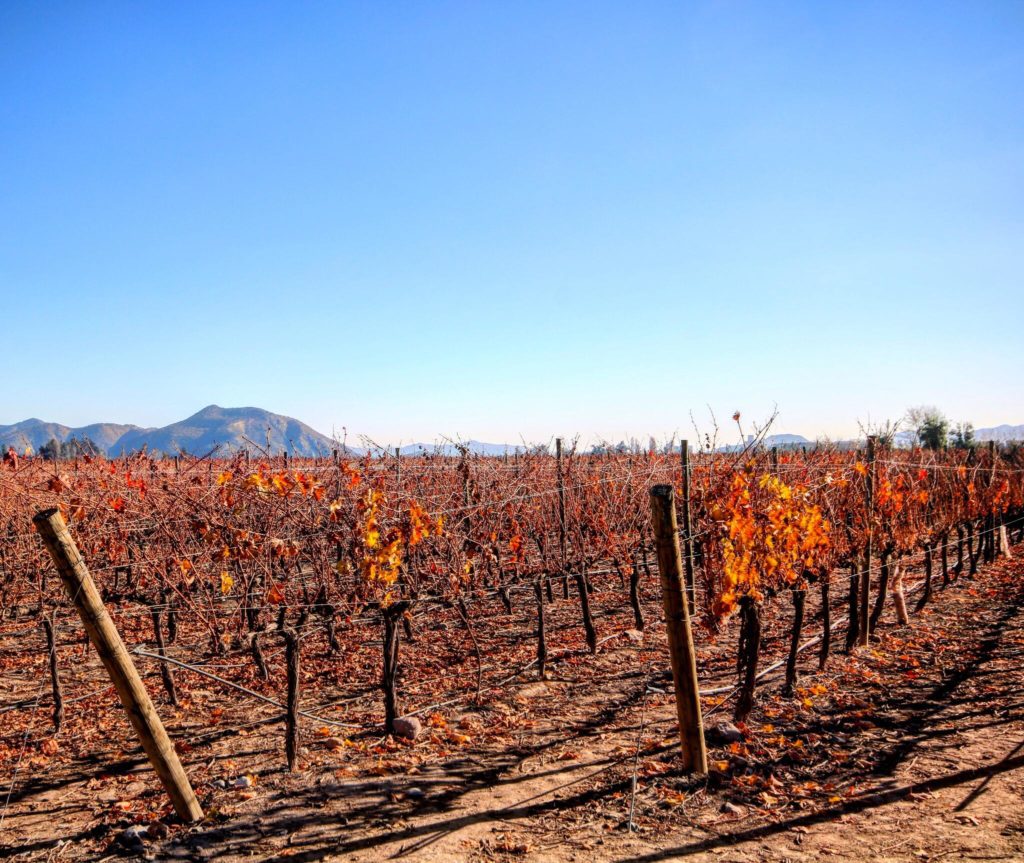
The high altitudes contribute to a cool climate that benefits sauvignon blanc. That is why in Chile, the sauvignon blanc grapes grow in the San Antonio and Casablanca valleys in the Andes, resulting in wines with great acidity, which are fresh and aromatic with greener notes, like cut grass and citrus fruits. In warmer regions, the sauvignon blanc wine has an aroma of ripe red apple.
Curiously, until the 1980s, the “Sauvignon Blanc” produced in Chile was the Sauvignon Vert grape, also known as Sauvignonasse, a rare specie that was mistakenly brought over from Bordeaux.
South Africa
The introduction of Sauvignon Blanc in South Africa is not accurate. Still, it is known that the first vines of this grape were cultivated in the late 1880s at the Groot Constantia winery, the oldest in the country, founded in 1685.
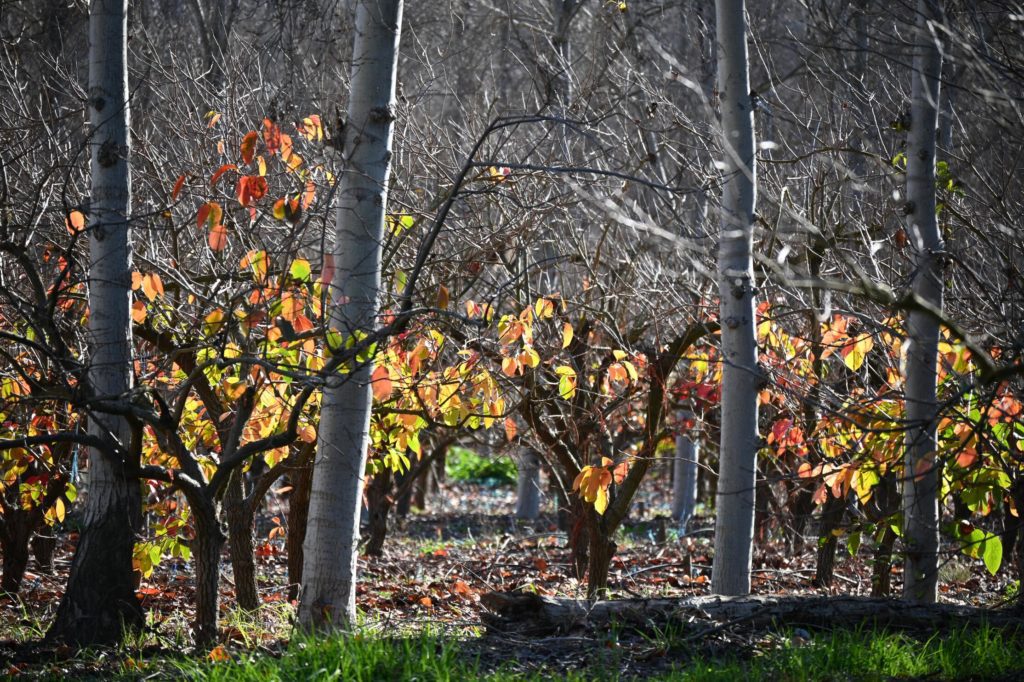
The first bottles of Sauvignon Blanc were marketed in 1977 by the Verdun winery (now Asara). Currently, Sauvignon Blanc vineyards represent 10.7% (9,831Ha) of the total coverage of wine areas in the country, being the fourth most planted grape in South Africa, behind Chenin Blanc grapes (18.6%), Colombard ( 11.4%) and Cabernet Sauvignon (10.8%).
Although Sauvignon is widely distributed in the country’s wine regions, South African winemakers may have different styles of wine due to the grape’s adaptability to different topographies.
Sauvignon Blanc South African wines are dry and aromatic with fresh acidity and aromas of grapefruit, lemon, melon, currant, passion fruit, mineral, freshly cut grass, and chili.
However, the grape also produces high-quality dessert wines through the Botrytis fungus, producing Noble Late Harvest wines.
Service And Pairing
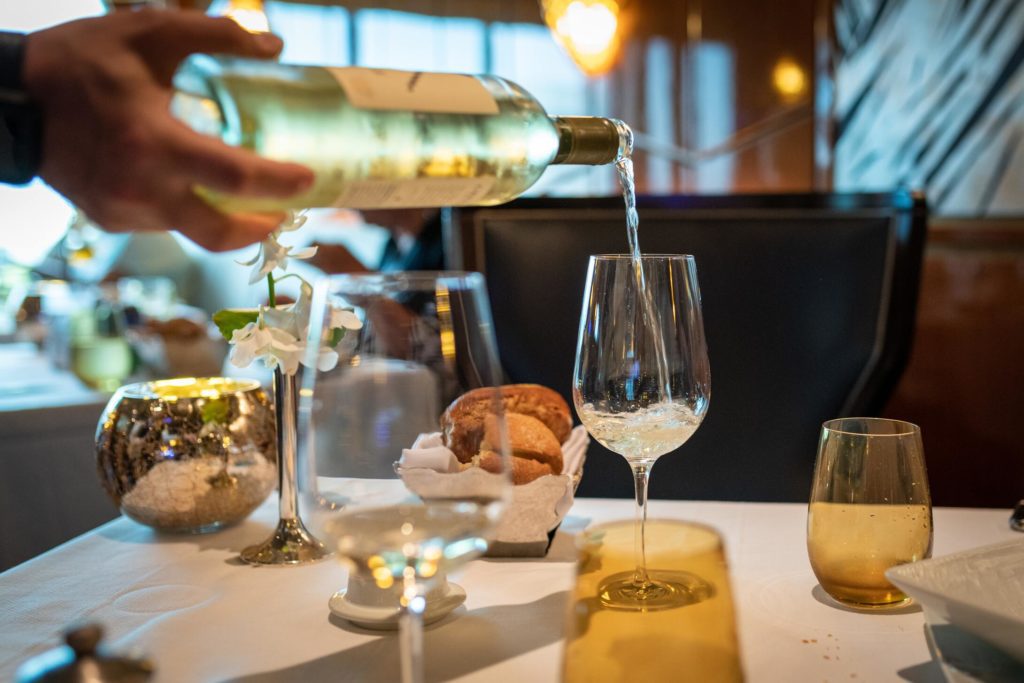
Service
The serving temperature of Sauvignon Blanc wines ranges from 45ºF to 54ºF. Wines made in stainless steel tanks can be served at around 45ºF, highlighting their refreshing qualities, while oak-aged wines are slightly chilled at about 54ºF. The aging varies between 1 to 3 years after the wine is released.
Pairing
The acidity of Sauvignon Blanc is a tasty complement to the fresh flavors of seafood, like crab, lobster, squid, oysters, and octopus, fishes like halibut, fresh or smoked salmon, sushi or sashimi, enhancing citrus sauces, and crisp salads. You can also combine the wine with Goat cheese, burrata, buffalo mozzarella, feta, parmesan, and ricotta. It is an ideal pairing, especially on summer days.
Bottom Line
There is a Sauvignon Blanc for all tastes and to pair with the most varied foods.
It is refreshing and light, with medium-high acidity, presenting different flavor profiles.
Originally from France, It is present in the central vineyards of the world, where it has adopted several synonyms, such as Fumé Blanc in the USA, Muskat-Silvaner from Austria, Feigentraube in Germany, Sauvignon in Italy, Sauvignon Blanco in Chile, Muscat Sylvaner in Hungary, among others.
So, if you want to taste a fruity wine with the aromas of grapefruit, green apple, passion fruit, or green pepper, help yourself to a bottle of New Zealand.
If you’re looking for a good French-style minerality, try Sancerre, Pouilly-Fumé. Looking for lightly smoked sauvignon blanc, try the Californian Fumé Blanc.
Do you want tropical fruits in your glass? Try a Brazilian sauvignon blanc.
If you are serving a dessert wine, how about a Sauvignon Blanc Ice Wine from Ontario, Canada?
Whatever your taste, there will always be a Sauvignon Blanc to go along with your best moments.
Did you like this article?
I hope this article has improved your wine skills. To learn more about wines, take a look at the Difference Between Organics, Natural, Dynamic, Biodynamic & Kosher Wines.
Leave a comment below and share our content.
Help our community grow by following our social media on Spotify, Instagram, Facebook, Youtube, and Tiktok. And stay up to date with the news from the world of Gastronomy.
Don’t forget to tag @gastrovinoacademy on Instagram and hashtag it #gastrovinoacademy.
Cheers 🍷


